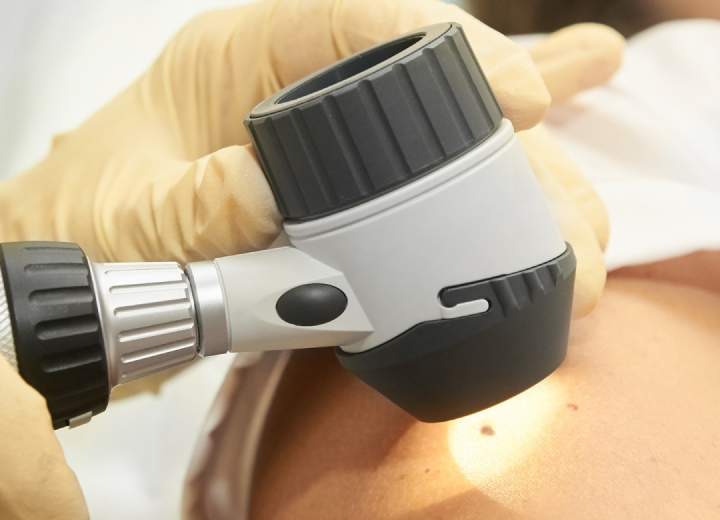Symptoms and Diagnosis
What is a Back Lipoma?
A back lipoma is a benign tumour made up of fatty tissue that develops just beneath the skin on the back. These lumps are soft, movable, and generally painless, growing slowly over time. Back lipomas can vary in size, and while they are typically harmless, their presence might lead some patients to seek removal for comfort or aesthetic reasons.
Symptoms of Back Lipomas
- Back lipomas feel soft and doughy to the touch, moving easily under the skin when pressed.
- They usually range from 1 to 3 centimetres in diameter but can grow larger over time.
- Most back lipomas are painless, though some can cause discomfort if they press against nerves or muscles.
- Depending on their size and location, back lipomas might interfere with physical activities or cause cosmetic concerns.
Causes of Back Lipomas
The exact cause of back lipomas is unknown, but several factors may contribute to their development:
- Lipomas often run in families, indicating a genetic link.
- Trauma or injury to the back may trigger the growth of a lipoma.
- Middle-aged adults are more likely to develop lipomas, with a slightly higher prevalence in men.
Diagnosis of Back Lipomas
Diagnosing a back lipoma involves a thorough physical examination by a healthcare professional. The doctor will evaluate the lump’s texture, mobility, and size. To ensure an accurate diagnosis and rule out other conditions, the following tests may be used:
- Imaging Tests: Ultrasound, MRI, or CT scans help determine the lipoma’s exact size and depth and distinguish it from other types of growths.
- Histology: A biopsy may be performed in some cases, where a small tissue sample is taken from the lump and examined under a microscope to confirm it is a lipoma.
- Lipoma Scan Check: Advanced imaging techniques might be utilised for a more detailed view, especially if the lipoma is deep-seated or in a complex area of the back.






